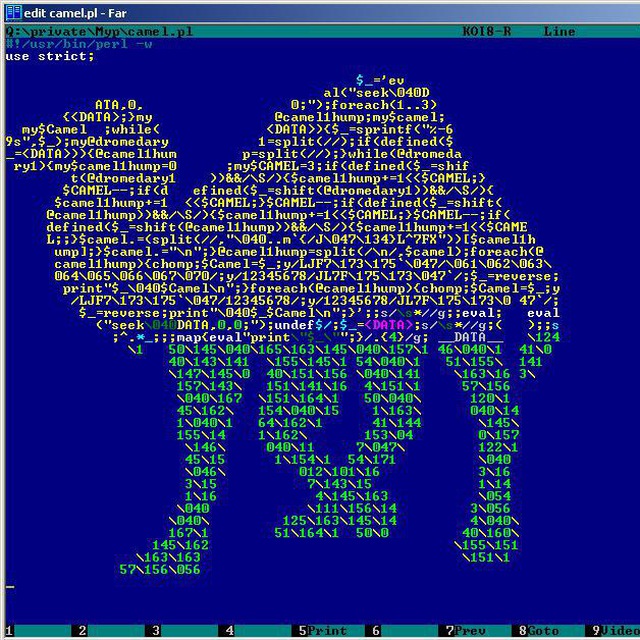VT
Size: a a a
2021 February 10
ниосилили
VG
а я вчера не форвардил разве?
YM
форвардил
YM
но много чего
VG
они не могли этот switch/case сделать на старом парсере например
YM
старый LALR? или LL?
VG
я так понял, был LL
VG
Rejected Alternatives
We did not seriously consider alternative ways to implement the new parser, but here's a brief discussion of LALR(1).
Thirty years ago the first author decided to go his own way with Python's parser rather than using LALR(1), which was the industry standard at the time (e.g. Bison and Yacc). The reasons were primarily emotional (gut feelings, intuition), based on past experience using Yacc in other projects, where grammar development took more effort than anticipated (in part due to shift-reduce conflicts). A specific criticism of Bison and Yacc that still holds is that their meta-grammar (the notation used to feed the grammar into the parser generator) does not support EBNF conveniences like [optional_clause] or (repeated_clause)*. Using a custom parser generator, a syntax tree matching the structure of the grammar could be generated automatically, and with EBNF that tree could match the "human-friendly" structure of the grammar.
Other variants of LR were not considered, nor was LL (e.g. ANTLR). PEG was selected because it was easy to understand given a basic understanding of recursive-descent parsing.
We did not seriously consider alternative ways to implement the new parser, but here's a brief discussion of LALR(1).
Thirty years ago the first author decided to go his own way with Python's parser rather than using LALR(1), which was the industry standard at the time (e.g. Bison and Yacc). The reasons were primarily emotional (gut feelings, intuition), based on past experience using Yacc in other projects, where grammar development took more effort than anticipated (in part due to shift-reduce conflicts). A specific criticism of Bison and Yacc that still holds is that their meta-grammar (the notation used to feed the grammar into the parser generator) does not support EBNF conveniences like [optional_clause] or (repeated_clause)*. Using a custom parser generator, a syntax tree matching the structure of the grammar could be generated automatically, and with EBNF that tree could match the "human-friendly" structure of the grammar.
Other variants of LR were not considered, nor was LL (e.g. ANTLR). PEG was selected because it was easy to understand given a basic understanding of recursive-descent parsing.
вот курсив зацени
АК
а если ты напишешь [[], []] - они таки разные будут
Так в питоне так же, я посмотрел на output, а не input.
YM
вот курсив зацени
ничего не имею против иррационализма
YM
я правда не доктор философии
MA
я правда не доктор философии
MA
Давайте спросим доктора философии.
AK
ВЦИОМ: россияне назвали Толстого, Достоевского и Чехова великими поэтами
поэтами?
YM
именно
VG
ничего не имею против иррационализма
я, по большому счету, тоже, но все равно можно засмеять с точки зрения другого иррационализма
VG
( [ 0, 0, 0 ] ) x 3
ммм...
VG
perl -MData::Dumper -E '@a=( [ 0, 0, 0 ] ) x 3; $a[0]->[0]='X'; say Dumper \@a'
$VAR1 = [
[
'X',
0,
0
],
$VAR1->[0],
$VAR1->[0]
];
$VAR1 = [
[
'X',
0,
0
],
$VAR1->[0],
$VAR1->[0]
];
VT
BINGO
VT
но я бы сильно удивился, если бы он dclone позвал



